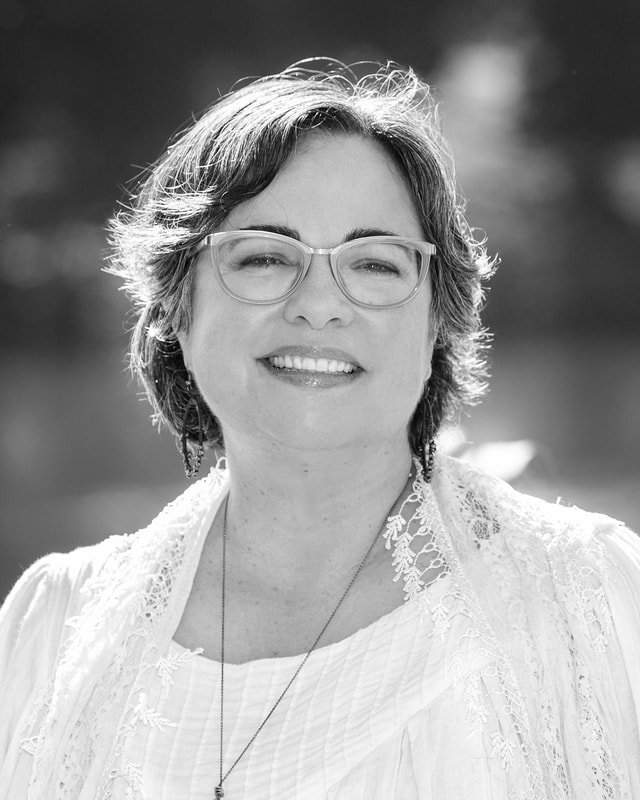|
I've been building scaffolding around writing a book: supports to give my project many chances to succeed.
The first eighteen months of starting this book involved resting, wool-gathering, reading. Writing questions to myself in a small black journal dedicated to the book. Mulling things over. An apt image would be a large, shallow collecting basket for those fragments of herbs, bits of shiny stuff and strands of half-stories. Another crucial part was taking a summer off from researching the book-- something that I could never have done in my corporate career. But I was so burned out; it was a huge relief to just be a human being and not a writer for three months. I spent hours outdoors. I painted with watercolors and swam, cooked, spent time with family and traveled. When fall came, I was rested and ready. I had to get my house in order. I gathered all the books on my topic into one area. I printed some of my notes. I taped photos of my subjects to the wall in my office. Next came the talisman. From Etsy, I bought and tied on an inexpensive thread bracelet as a reminder of my commitment to this book. I made a double square knot. Either the bracelet wears away and falls off, or the book is completed, whichever comes first. This is my own invention and I have done it for three books so far. Also in the magical realm, I remembered a lesson from writer and teacher Kate Evans and wrote a permission slip, posted on the wall, which allows me to say yes to the everything that helps me write the book, and say no to mostly everything else. You can call on ancestors and angels for help in the permission slip, too. Another author/teacher, Joan Rose Staffen, recommends writing a manifesto, an extended permission slip where you note which hours work best for you, what your rewards might be, and what you have at stake. Both methods strengthen one’s writing self. As author and journalist Cathleen Miller often told her students, “Only YOU can write this book.” Then more practical steps. I blocked out writing time during weekday mornings in my phone calendar. On the whiteboard I created an 18-month timeline, breaking the time into chunks for drafting scenes (relatively quickly, 12 weeks) and more time for revision and polishing. This schedule gives me December off for holidays and family. Also April, to take a breather before more edits. On yellow pads I listed actions to take. The lists are not necessarily in order. As composer John Cage famously said, “Begin anywhere.” This year, for the first time, I opened a large monthly calendar on paper where I briefly log in, by hand, what I accomplished that day. I created documents for chapter one, the table of contents, the introduction, the bibliography, the chapter notes. And I created a tracking sheet for elements of the book, including the index and acknowledgements. Here's a writing accelerator: I bought Ann Randolph’s Unmute Yourself writing class, 9:00 am Monday through Friday, to join anywhere from fifty to a hundred other people on Zoom while we write. This is my second go-round of structure, ritual, and fellowship. The class lasts a month and the low price is well worthwhile to jumpstart the morning writing routine. Three weeks in, I’ve completed drafting Chapter 1, and parts of Chapter 2 and the introduction. Once I’ve finalized the table of contents, I'll review the notes from the past year and tuck them into a tickler file, confining them to their chapter. The process I’m describing evolved over time. It gives me enough processes and rituals and tools to keep addressing the work, morning after morning. Each day that I log progress, I feel some satisfaction. I wrote, and the book is moving in the right direction. I hope something in this laundry list might help someone else as they think through how to attack their own next book. Comments are closed.
|
|

